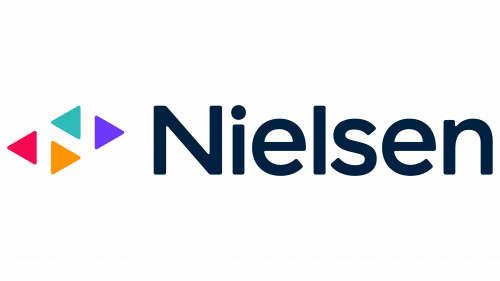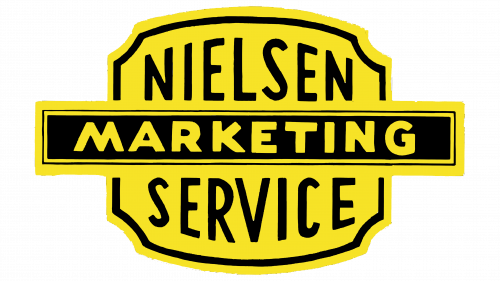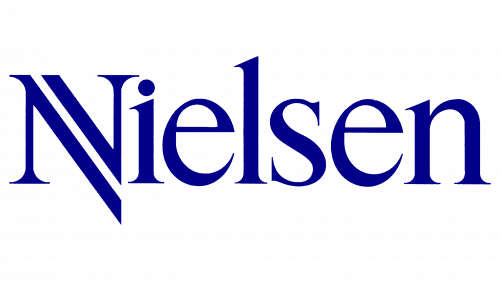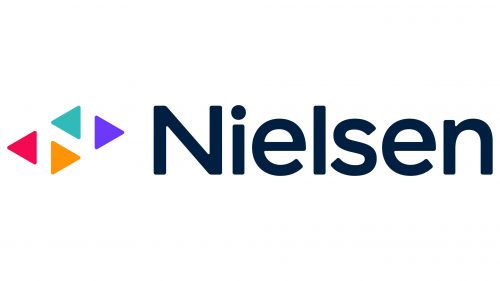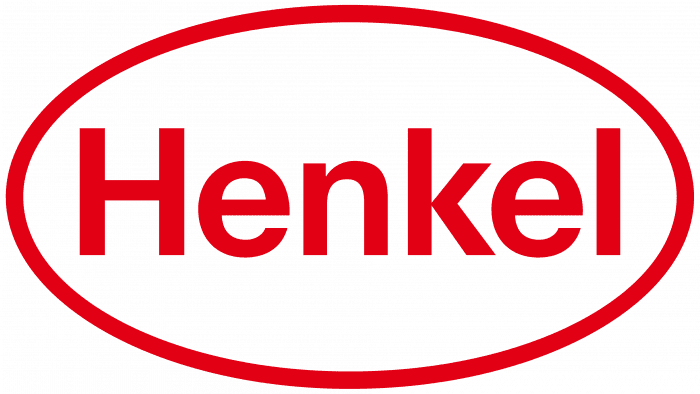From the very beginning, the Nielsen logo was businesslike and professional, accurately reflecting the company’s mission – researching the media market, studying consumer demand, and analyzing audience preferences. Several simple elements harmoniously convey these and other goals of the analytics company.
Nielsen: Brand overview
Meaning and History
An independent company from the Netherlands focused on gathering information about rapidly developing consumer goods, it gained international status and became recognizable among clients worldwide within a few years of its existence. Due to its high prospects and good achievements in the marketing market, it turned into a widely demanded source of information. Therefore, in 2006, it was purchased by a consortium of private investment firms from the USA. This led to a redesign of the logo, which was maximally updated to match modern trends.
What is Nielsen?
Nielsen is an American company engaged in analytics and data study, determining future strategies for media development. Founded in 1923, the agency identifies audience preferences, providing clients with reliable information collected across all channels and platforms. It stimulates actions and anticipates events to develop the correct marketing strategy. The company’s founder is Arthur C. Nielsen, Sr.
1923 – 1989
The debut Nielsen logo features a square with inwardly curved corners. A long rectangle runs through its center, dividing the figure into two equal halves. On top, on a yellow background, is the word “Nielsen,” and at the bottom is the second part of the name – “Service.” Both inscriptions are made with thin uppercase font. Because the emblem’s corners are narrower than its middle, the outer letters are slightly distorted: some of them are cut off, and others are bent. The word “Marketing” is placed horizontally, consisting of bold sans-serif glyphs. A yellow frame and a yellow square by a black one complement the black rectangle.
1989 – 2007
The modernization of visual identity brought positive results: the logo became much more contemporary. Moreover, designers transformed the first letter of the name into a stylish graphic sign. They split it into two fragments, resembling the Roman numeral “V.” The developers placed them mirror-like to create the desired glyph. The rest of the inscription shifted to lowercase and gained smooth roundings. Needle-like serifs appeared everywhere.
2007 – 2021
Retaining the same font, designers made it more refined by narrowing some lines. They achieved an airy effect with incomplete forms: several letters have strokes that do not reach the opposite sides, creating tiny gaps. There are no more uppercase glyphs – they are all lowercase. However, there are many dots at the bottom, which in size and shape repeat the upper dot on the ‘i.’ To highlight the first ‘n,’ developers colored it light blue, while the rest of the characters are gray. The miniature sharp serifs remained in place.
2021 – today
This Nielsen logo features a graphic symbol placed separately from the main inscription. It is located before the name of the analytics company and appears very bright. It includes four different colored triangles: purple, turquoise, orange, and raspberry. The geometric figures are miniature in size and freely positioned, as they are separate from each other, representing playback buttons. In the negative space, they form the letter ‘N.’ The right side of the emblem is occupied by an inscription, primarily in lowercase, except for the first glyph, which developers converted to uppercase. All symbols are grotesque, rounded, and semi-bold.
Font and Colors
Fonts reminiscent of Thames Serial Regular by SoftMaker, Big Caslon Regular by Matthew Carter, and Core Sans AR 55 Medium by S-Core have been used in logos from different periods. The first two have serifs, while the third does not.
Great attention is paid to the palette, as each color, according to Nielsen’s concept, serves a specific function. For example, green signifies upward movement (growth), orange conveys a striving for brightness, purple balances the surroundings, and red represents content that viewers “haven’t seen or heard.” Together with black, blue, and white, they reflect the diversity of mass media and the changing dynamics of opinion about them.
